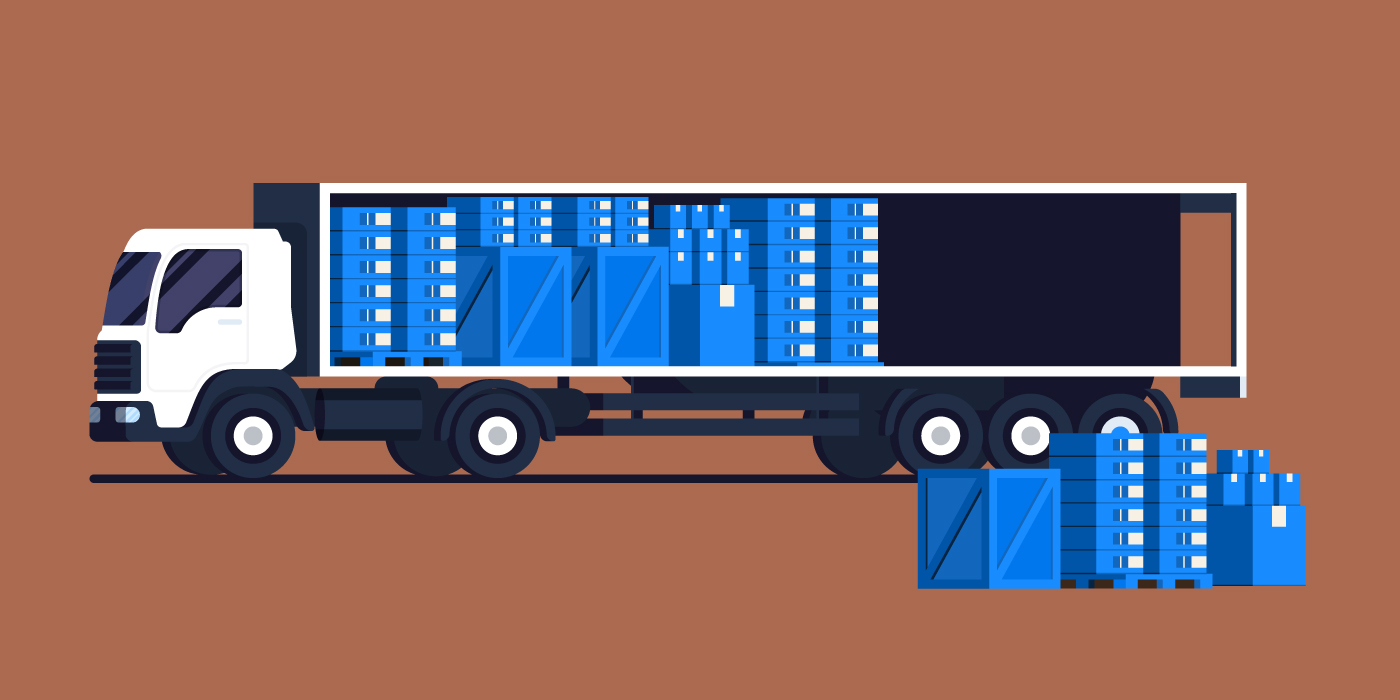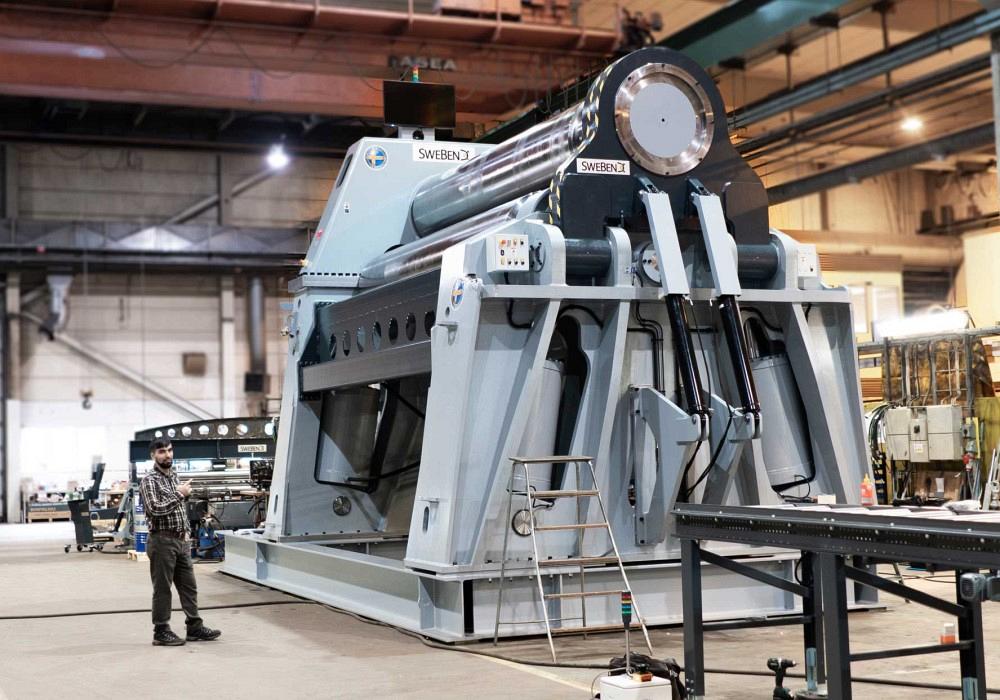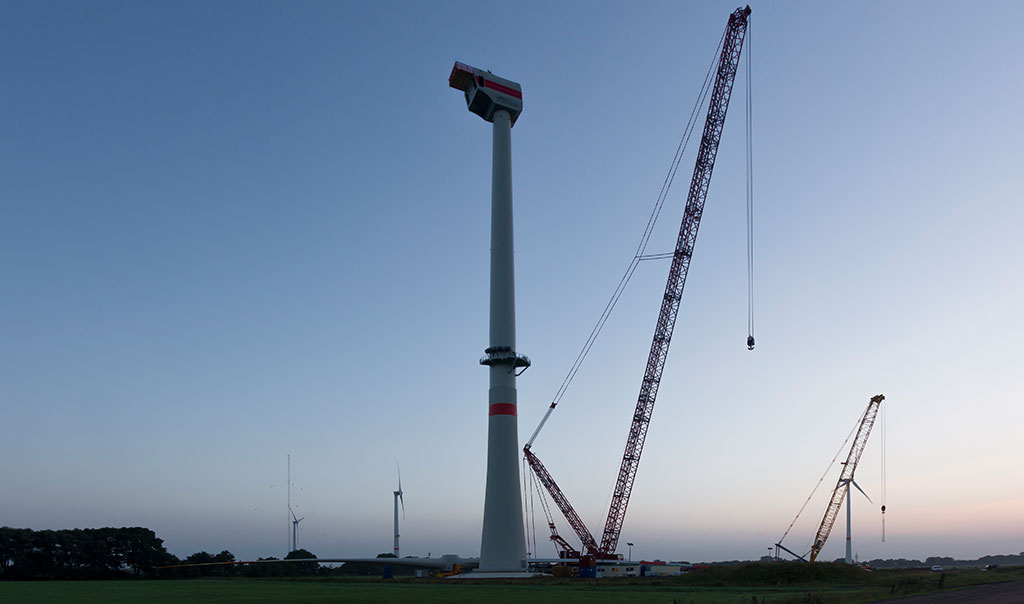Loading machinery in the construction industry is a critical task, requiring precision and skill. Mastering the art of loading requires knowledge of the different types of machinery and their capabilities, as well as an understanding of safety protocols and regulations.
This guide provides insight into the fundamentals of loading machines for construction professionals to ensure efficient operations while maintaining safety standards. With this comprehensive resource, readers will gain valuable insight on how to approach every aspect from prepping loaders to securing cargo for transport.
Learn how to master this essential trade with expert advice on proper techniques that minimize time loss and prevent accidents.
Preparing Your Equipment for Safe and Effective Loads
Before loading your machinery, it is critical to ensure that you have the proper equipment ready and in good working order. Start by inspecting all of your tools for any potential hazards or issues that might interfere with a successful load.
Check for loose bolts, sharp edges, fuel leaks, hoses, and wiring connections – anything that could compromise the safety of those operating around the machinery. Once this inspection has been completed, make sure you have enough room on site to safely perform your loading operation.
Ensure that there is ample space between participating machines as well as sufficient clearance from any nearby obstacles or bystanders. Finally, once everything is in place double-check each piece of equipment before beginning work to guarantee their safe and effective use during the loading process.
Maximizing Efficiency with Strategic Loading Techniques

Maximizing efficiency with strategic loading techniques is key to mastering the art of machinery loading for construction pros. By taking into consideration the weight, size, and shape of different materials and tools that need to be loaded onto a truck or trailer, professionals can ensure they are maximizing their available space without compromising safety.
Through careful planning and organization, construction pros can develop efficient loading plans that not only maximize the amount of material that can fit on one vehicle but also reduce the risk of damage to both the equipment being transported as well as other vehicles on-site. With proper techniques in place, professionals can save time during each job while ensuring the safe transportation of all necessary materials.
Troubleshooting Common Issues in Loading Machinery
Loading machinery is essential for many construction projects, but it can also lead to common issues and complications. To prevent problems from occurring in the first place, here are some preventive measures that can help you troubleshoot common loading machinery issues:
1. Regularly check your equipment – Make sure all moving parts of your machine are properly lubricated and free from debris or other obstructions. Also, inspect for any signs of wear or tear that could cause a potential malfunction.
2. Re-align components – If possible, re-align components such as conveyors and loaders with each other to ensure proper coordination between different elements of the system. This will reduce the risk of misalignment leading to an issue later on down the line.
3. Check safety protocols – Loading machines should always be operated by trained personnel who understand how to safely use them according to manufacturer instructions and industry standards for operation in construction sites. Follow these guidelines closely and regularly review them with team members whenever necessary.
4. Monitor usage patterns – Pay attention to how often certain pieces of machinery are used during a project or over an extended period; this will help identify when modifications may need to be made before they become too significant an issue down the road. Additionally, if any particular part seems like it’s being used more than its designed capacity then adjustments must be made accordingly so as not to overload any individual component which could result in damage later on in the production process.
5. Keep up maintenance schedule – Ensure regular maintenance is done on all loading machines involved within a project; this includes cleaning off dust/debris after every shift, inspecting parts for wear & tear, replacing faulty parts immediately etcetera. This will minimize the chances of serious problems arising due to frequent upkeep being conducted on a required basis.
Best Practices for Operating Heavy-Lifting Equipment

Operating heavy-lifting equipment safely and effectively requires more than just a basic understanding of the machine—it also requires an understanding of best practices. Construction pros must be aware of the risk factors associated with operating this machinery, such as fatigue, overexertion, or other operators nearby.
This guide will provide tips on how to maximize efficiency while minimizing risk when loading and operating heavy-lifting equipment. One key factor for success is proper preparation before starting any job involving heavy lifting equipment.
Ensure that all safety protocols are followed before engaging in work activities around these machines; check for any potential hazards and take appropriate action if necessary. Additionally, always ensure that you have been given clear instructions from supervisors regarding the task at hand so that you can carry out your duties properly and safely.
Another important aspect is having the right tools for each job; make sure that you have access to all necessary resources including gloves, hard hats, goggles, etc., so that you can accurately complete any assigned tasks without putting yourself or others at risk.
Furthermore, it’s essential to stay alert during operations: keep an eye out for unexpected hazards or sudden changes in conditions that could potentially lead to accidents or injuries. Finally–and perhaps most importantly–it’s essential to know when enough is enough; never overextend yourself beyond what is safe or reasonable when working with heavy-lifting equipment as doing so can put both yourself and those around you at serious risk of harm.
By following these simple guidelines construction pros should be able to master the art of machinery loading with ease!
Conclusion
Effective machinery loading is a key factor in the success of any construction project. Custom ramps can provide an important solution to this issue, as they are designed specifically for each project and can help ensure that the machinery being loaded is safe and secure during transit.
With careful planning, execution, and adherence to safety protocols, construction pros can master the art of machinery loading with custom ramps and benefit from improved efficiency on site.








